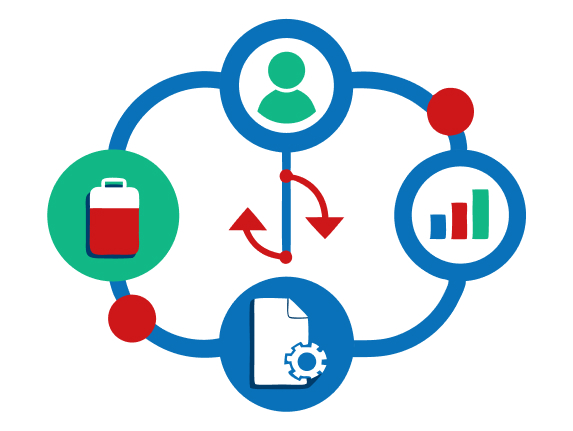Enabling Bidirectional Learning Between Patient Care and Research
At the core of GPM lies the dynamic interplay between clinical care and translational research, what we describe as reverse translation. This approach leverages rich clinical datasets, biospecimens, and multi-omics information collected from diverse patient populations to generate actionable insights that continuously inform and refine both research and patient treatment strategies.
By integrating real-world clinical data with laboratory discoveries, GPM accelerates the identification of diagnostic markers, predictive parameters, and novel therapeutic targets. This bidirectional learning loop ensures that scientific innovation remains grounded in patient realities and that clinical decisions benefit from the latest research breakthroughs.

Clinical Discovery & Reverse Translation Highlights:
Clinical Discovery & Reverse Translation:
GPM facilitates systematic collection of diverse biospecimens alongside detailed clinical information from patients across multiple regions. These include blood, tumor tissue, and longitudinal clinical outcomes, forming a robust foundation for integrated multi-omics analyses.
Multi-omics & Clinical Data Integration:
Our platform combines genomic, transcriptomic, proteomic, and clinical data to uncover patterns and mechanisms underlying cancer heterogeneity. This comprehensive data integration allows for precise diagnostic tool development and identification of predictive biomarkers that inform personalized therapy decisions.
Translating Discoveries into Therapeutic Targets & Diagnostics:
Insights gained through reverse translation drive the creation of novel diagnostic assays, predictive parameters, and therapeutic targets. This directly impacts patient care by enabling earlier detection, more accurate prognosis, and tailored treatment regimens validated through clinical collaborations.


